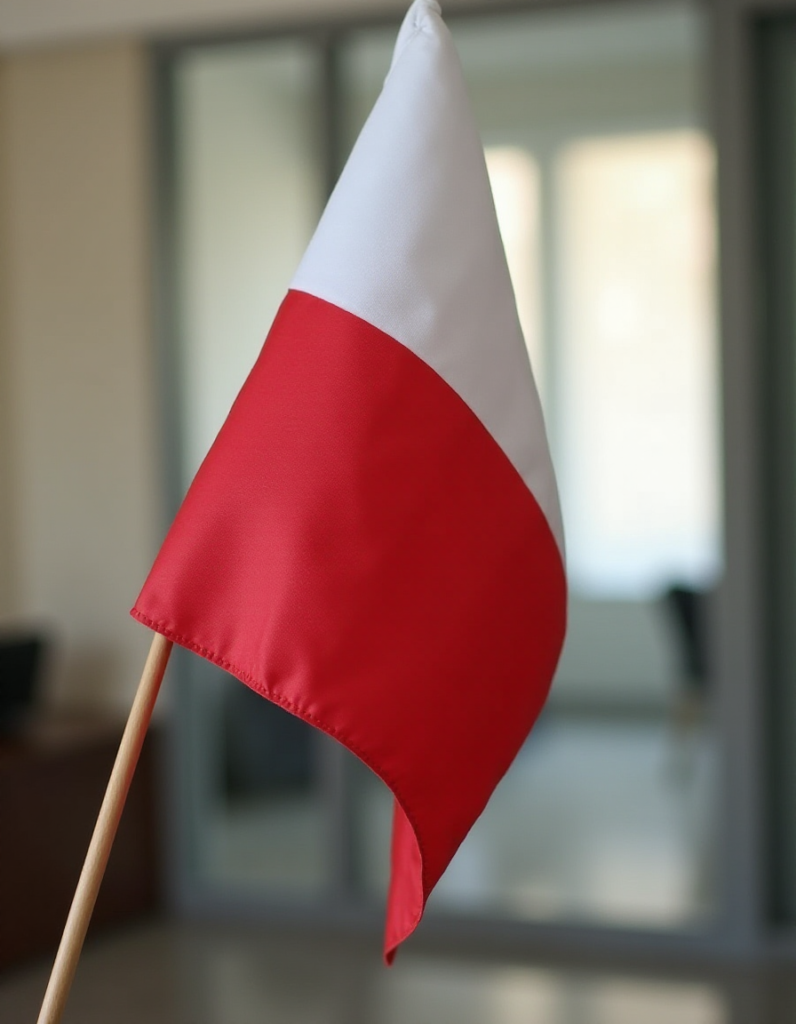Introduction
Poland has gained a reputation for being one of the more challenging Schengen countries for certain nationalities to secure a visa. According to recent data, the rejection rates for some applicants remain significantly higher than the Schengen average, reflecting stricter scrutiny and tighter controls on entry. While Poland remains a key destination for many due to its growing economy and vibrant culture, these challenges highlight ongoing disparities in visa policies.
Key Takeaways
- High Rejection Rates: Nationals from specific countries face the highest rejection rates when applying for Polish visas.
- Schengen Disparities: Poland’s visa refusal rates are notably higher compared to other Schengen countries.
- Reasons for Rejections: Issues such as incomplete applications, insufficient financial proof, and travel intent doubts contribute to higher denial rates.
- Impacted Nationalities: Citizens from countries in Africa, South Asia, and the Middle East face the most difficulties.
- Poland’s Strict Standards: Tightened visa policies reflect broader concerns over irregular migration and security.
Challenging Visa Process
Applying for a Polish visa has become a particularly complex process for applicants from certain countries. High rejection rates are often attributed to strict requirements and thorough vetting processes.
Key challenges include:
- Documentary Proof: Applicants must provide extensive documentation, including proof of funds, accommodation, and travel itineraries.
- Intent Verification: Authorities scrutinize applicants’ travel intentions to ensure their return after the visa expires.
- Financial Requirements: Many applications are rejected due to insufficient evidence of financial stability.
These hurdles disproportionately affect applicants from developing countries, who may face additional challenges in meeting Poland’s stringent criteria.
Impacted Nationalities
Data shows that visa rejection rates are highest among nationals from:
- African Countries: Applicants from Nigeria, Ghana, and Algeria face some of the highest denial rates due to perceived migration risks.
- South Asia: Citizens of India, Pakistan, and Bangladesh report frequent rejections, often due to concerns over overstaying.
- Middle East: Syrian and Iraqi nationals face scrutiny due to ongoing regional instability and migration trends.
Poland’s approach reflects its broader immigration policies, which prioritize security and control over irregular migration.
Comparison With Other Schengen States
While Poland’s rejection rates are higher, other Schengen countries have comparatively lower refusal rates for applicants from the same regions. This disparity highlights the varying standards and policies within the Schengen Area, where member states retain some autonomy over visa decisions.
For example:
- France and Germany, despite receiving high numbers of applications, often have lower rejection rates due to different evaluation criteria.
- Poland, as a primary entry point for some Eastern European and Asian migrants, enforces stricter scrutiny.
Government’s Perspective
Polish authorities justify the stricter visa policies as necessary to safeguard national security and manage migration effectively.
- Migration Control: The government seeks to prevent irregular migration and ensure compliance with visa terms.
- Economic Stability: Tighter controls are intended to prioritize skilled workers and genuine visitors.
- Schengen Integrity: Poland emphasizes the importance of maintaining the Schengen Area’s security framework.
While these policies aim to protect Poland’s interests, they also contribute to perceptions of inequity among applicants from certain regions.
Opinion: Balancing Security and Accessibility
In my view, Poland’s stricter visa policies highlight the tension between maintaining security and fostering openness. While rigorous scrutiny is understandable, the disparities in rejection rates risk alienating applicants from developing regions who may contribute positively to Poland’s economy and society.
To address these issues, Poland could consider:
- Streamlining Applications: Simplifying documentation requirements to reduce unnecessary barriers.
- Transparent Processes: Enhancing transparency in visa decision-making to build trust.
- Capacity Building: Offering targeted support for applicants from high-rejection countries, such as workshops or informational campaigns.
Balancing security concerns with equitable access will be crucial for Poland to maintain its position as a welcoming and inclusive destination within the Schengen Area.
Conclusion
Obtaining a Polish visa remains a significant challenge for certain nationalities, reflecting Poland’s strict immigration standards. While these policies aim to ensure security and compliance, they highlight disparities within the Schengen Area that merit attention. By addressing these challenges, Poland can foster greater inclusivity while maintaining its national interests.
#Poland
Source – schengen.news: Getting a Polish Visa is Most Difficult for These Nationalities










